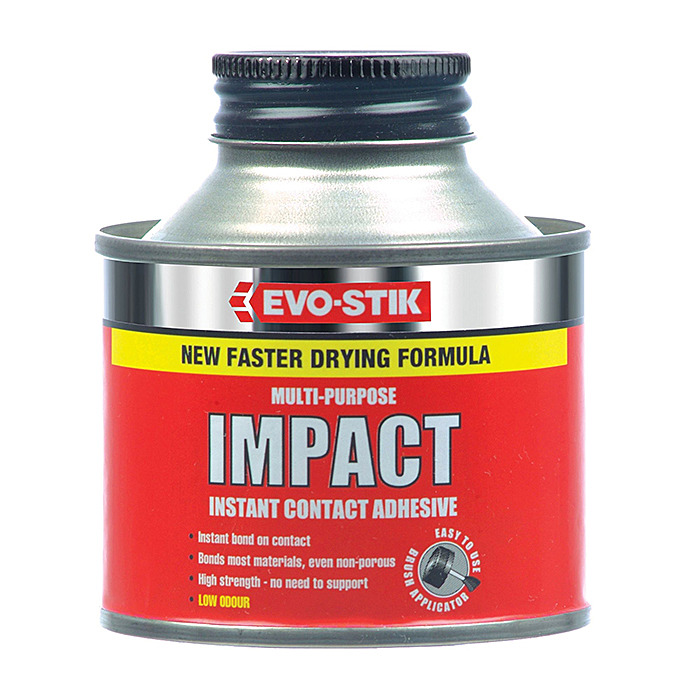Cubdriver wrote: ↑Fri May 03, 2024 8:37 am
tggzzz wrote: ↑Fri May 03, 2024 7:23 am
Just so. Arsine AsF
3 being another.
My father was quite happy to bring home some conc HCl and iron sulphide in his coat pocket, and for me to stink out the kitchen by mixing them. He said he was frightened by HF, and wouldn't go near it, even at work.
The "things I wouldn't work with" sub-blog
starts at things like HF, and goes on to things like, IIRC N
7 (!). There are frequent references to large craters and to what to do when you see people running out of a laboratory.
Yup. The ion implanters used Arsine; I remember learning that it would be at a fatal concentration
before you could smell it.
Selenophenol sounds like it is fun to work with, at least upwind and from a safe distance
https://www.science.org/content/blog-po ... lenophenol
Let's not forget phosgene. "Oh yes, at near-threshold levels, phosgene has a fragrance very similar to lilac."
https://gaussling.wordpress.com/2007/10 ... -phosgene/
Phosphorus Oxychloride (POCl3) was another nasty one - it came in a sealed spherical glass container about the size of a duck pin bowling ball that was packed in a poly bag that was encased in a cylindrical metal container about twelve inches in diameter and a foot and a half tall, full of vermiculite with the end held on by a band clamp. This container was then shipped in a wooden crate lined with three inch thick soft foam with the lid bolted on. Lovely stuff! Apparently if you caught a whiff you’d smell it for a week.
And let’s not forget 100% silane gas - pyrophoric and would ignite on contact with the air. Easy to leak check those gas lines!
-Pat
Then there's ClF
3, where "sand won't save you this time". (my
emphasis)
The compound also a stronger oxidizing agent than oxygen itself, which also puts it into rare territory. That means that it can potentially go on to “burn” things that you would normally consider already burnt to hell and gone, and a practical consequence of that is that it’ll start roaring reactions with things like
bricks and asbestos tile.
...
There’s a report from the early 1950s (in this PDF) of a one-ton spill of the stuff. It burned its way through a foot of concrete floor and chewed up another meter of sand and gravel beneath, completing a day that I'm sure no one involved ever forgot. That process, I should add, would necessarily have been accompanied by copious amounts of horribly toxic and corrosive by-products: it’s bad enough when your reagent
ignites wet sand, but the
clouds of hot hydrofluoric acid are your special door prize if you’re foolhardy enough to hang around and watch the fireworks.
...
I’ll let the late John Clark describe the stuff, since he had first-hand experience in attempts to
use it as rocket fuel. From his out-of-print classic Ignition! we have:
”It is, of course, extremely toxic, but that's the least of the problem. It is hypergolic with every known fuel, and so rapidly hypergolic that no ignition delay has ever been measured. It is also hypergolic with such things as cloth, wood, and test engineers, not to mention asbestos, sand, and water-with which it reacts explosively. It can be kept in some of the ordinary structural metals-steel, copper, aluminium, etc.-because of the formation of a thin film of insoluble metal fluoride which protects the bulk of the metal, just as the invisible coat of oxide on aluminium keeps it from burning up in the atmosphere. If, however, this coat is melted or scrubbed off, and has no chance to reform, the operator is confronted with the problem of coping with a metal-fluorine fire. For dealing with this situation, I have always recommended
a good pair of running shoes.”
https://www.science.org/content/blog-po ... e-you-time
Is it any wonder chemistry is a "dying subject"?
